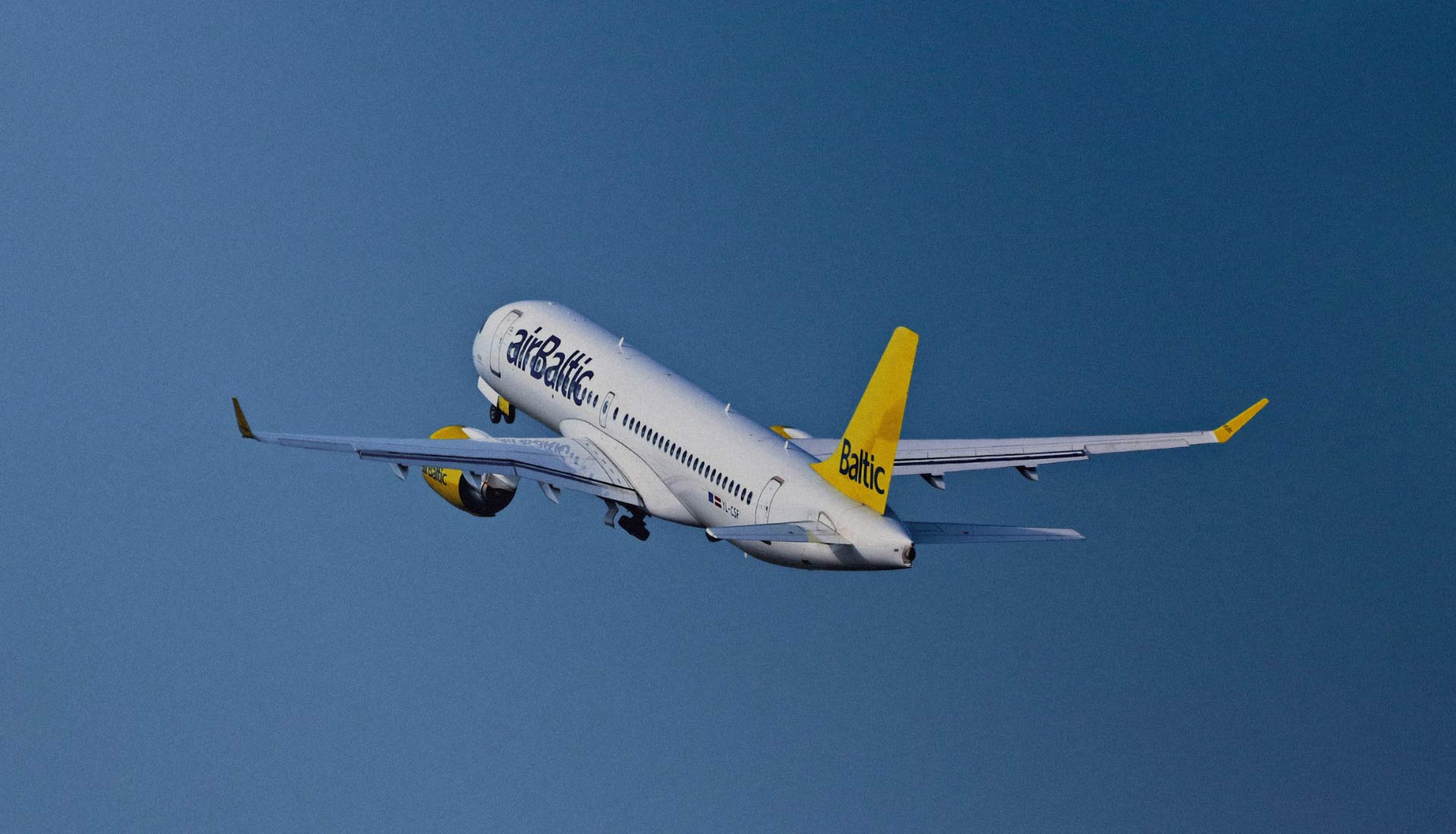
How Air Freight Saved COVID
The outbreak of the COVID-19 pandemic brought unprecedented challenges to global supply chains, disrupting traditional shipping routes and causing significant delays in the delivery of goods. In the face of these challenges, air freight emerged as a critical lifeline, playing a pivotal role in ensuring the continued flow of essential supplies and medical equipment. Here’s a closer look at how air freight saved COVID:
As the world grappled with the devastating effects of the COVID-19 pandemic, air freight emerged as a beacon of hope, facilitating the rapid transport of medical supplies, personal protective equipment (PPE), and other essential goods to frontline workers and affected communities around the globe.
Emergency Response Efforts:
In the early stages of the pandemic, air freight played a crucial role in supporting emergency response efforts by transporting medical equipment, such as ventilators, respirators, and diagnostic kits, to regions experiencing critical shortages. Airlines and cargo carriers quickly adapted their operations to meet the urgent demand for medical supplies, often prioritizing COVID-related shipments over commercial cargo.
Supply Chain Resilience:
The COVID-19 pandemic exposed vulnerabilities in global supply chains, highlighting the need for greater resilience and agility in transportation networks. Air freight provided a lifeline for businesses facing disruptions in maritime and land-based shipping routes, offering a faster alternative for transporting time-sensitive goods and perishable commodities.
In the face of unprecedented challenges, air freight emerged as a lifeline, enabling the rapid transport of essential supplies and medical equipment during the COVID-19 pandemic. As the world continues to navigate the ongoing impacts of the crisis, the resilience and adaptability demonstrated by the air cargo industry serve as a testament to its indispensable role in supporting global commerce and humanitarian efforts.



Abdulmueez
Test